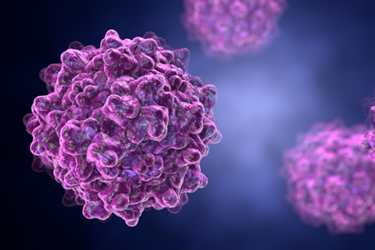FDA Guidance on Studying Multiple Versions of Cellular or Gene Therapy Products in Early-Phase Clinical Trials
The purpose of this guidance is to offer advice to sponsors interested in conducting early-phase clinical trials for a single disease involving multiple variations of a cellular or gene therapy product. Sponsors aim to gather preliminary safety and efficacy data for these product variations within a single clinical trial. It's important to note that even though multiple product versions are studied together, each version is distinct and typically requires a separate investigational new drug application (IND) submission to the FDA.
The primary goal of these early-phase clinical studies is to inform decisions about which product version(s) should be advanced for further development in later-phase trials. As such, these studies are not designed to provide the main evidence of effectiveness needed for a marketing application. They are generally not statistically powered to demonstrate a significant difference in efficacy between the different study arms.
In this guidance, the FDA provides recommendations for the conduct of studies involving multiple versions of cellular or gene therapy products. This includes guidance on how to structure and manage the INDs, submit new data, and report adverse events.
Key points in the guidance include:
IND Organization: Sponsors should submit separate INDs for each product version in the study. One IND is designated as the "Primary," including clinical and Chemistry, Manufacturing, and Controls (CMC) and Pharmacology/Toxicology (P/T) information for one product. Others are "Secondary" INDs, including CMC and P/T data for other products. Cross-referencing is encouraged to minimize redundant information submission.
Adding Study Arms: When adding arms to the study, especially those involving new product versions, sponsors should submit new Secondary INDs with relevant information and amend the Primary IND to incorporate these changes. Cross-references ensure consistency.
Submitting Changes: For changes to the clinical protocol that don't introduce new arms and for new clinical information, submit these updates to the Primary IND only. New CMC or P/T information specific to one product should be submitted to the corresponding IND(s).
Clinical Holds: If a clinical hold is issued for one arm or for the entire study, responses should be submitted to the relevant IND(s). Detailed responses don't need to be duplicated across multiple INDs, promoting efficiency.
Reporting: Safety reports must be submitted to all relevant INDs. Annual reports can be integrated and submitted to the Primary IND, with cross-references in Secondary INDs.
Study Completion or Changes: If a product is discontinued from the study, the Primary IND should not be withdrawn but updated. If the Primary IND is withdrawn, a new Primary IND should be designated. When transitioning to later-phase studies, submit protocols and updates accordingly.
Alternative Approaches: The guidance acknowledges alternative approaches for organizing INDs but advises sponsors to engage with the FDA for regulatory guidance and adhere to regulatory requirements.
Studying Multiple Versions of a Cellular or Gene Therapy Product in an Early-Phase Clinical Trial
https://www.fda.gov/media/152536/download
